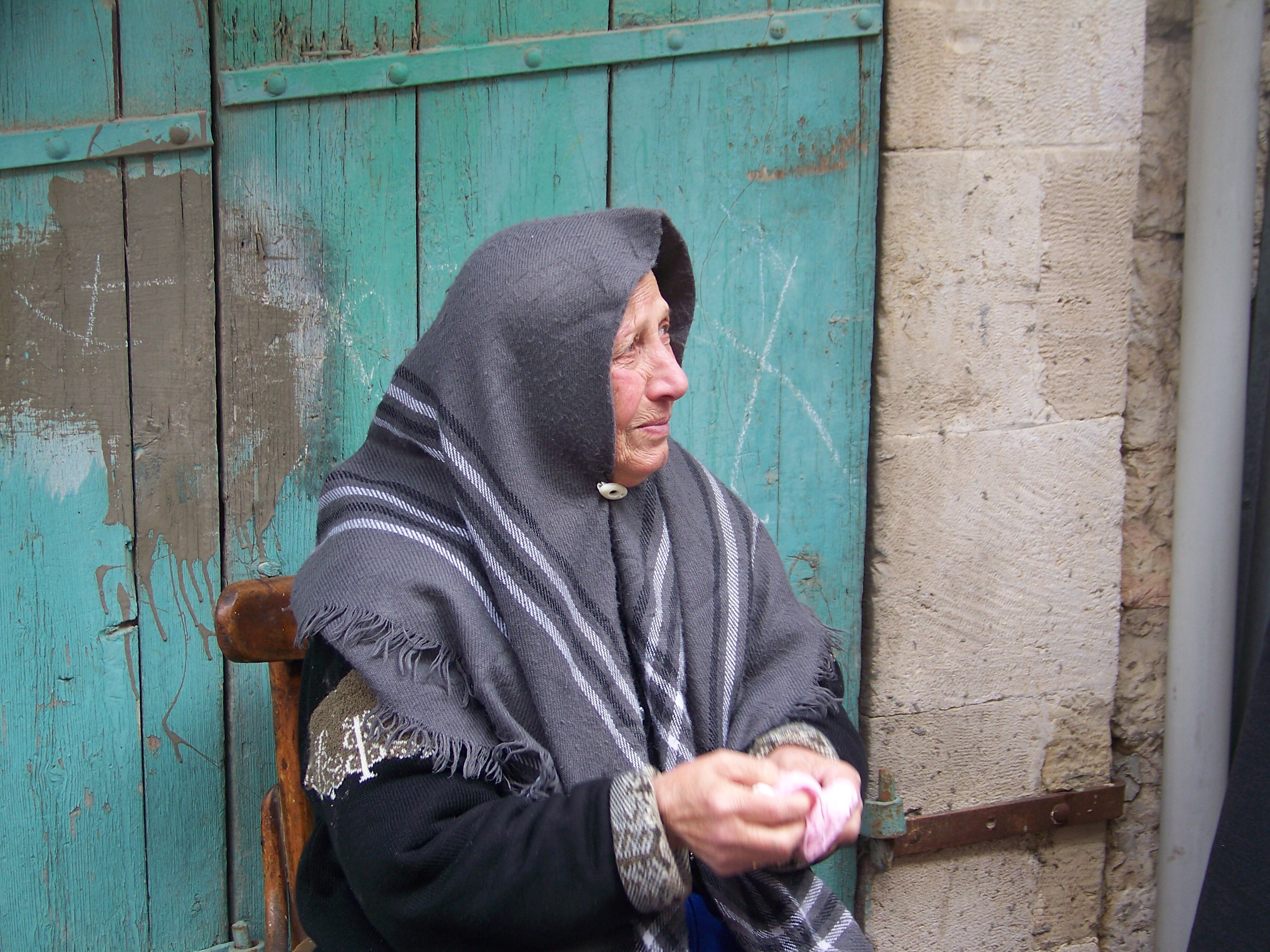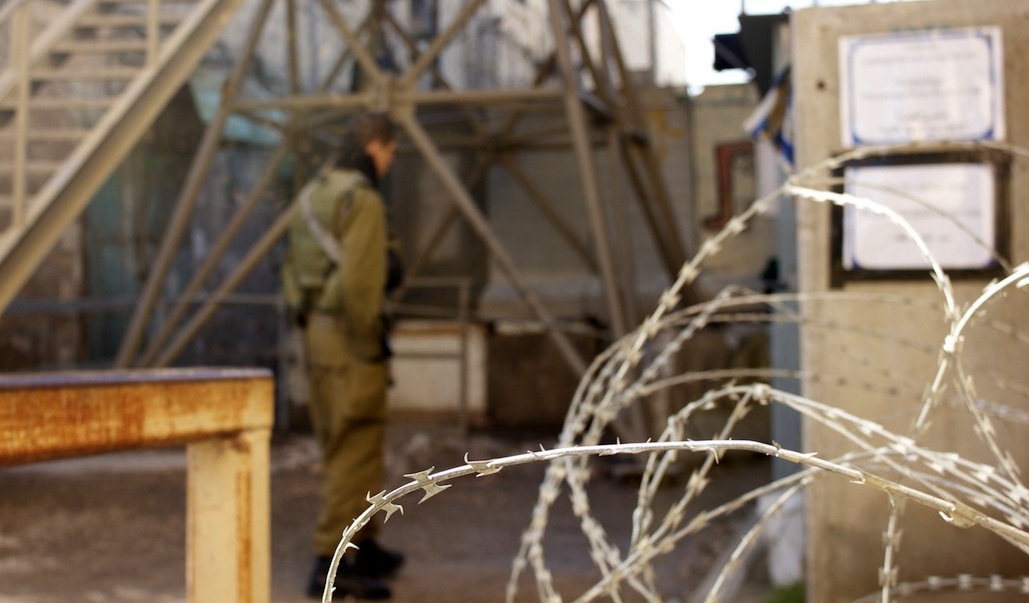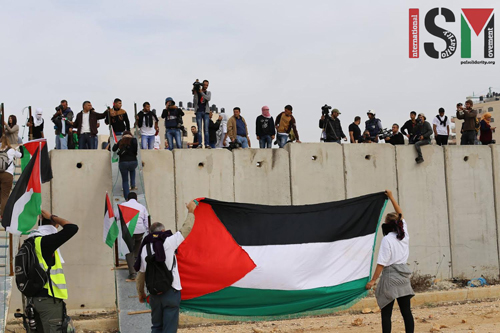Category: Photo Story
-
Israeli forces weld shut the doors of an elderly Palestinian woman’s houses on Shuhada Street
19th January 2015 | International Solidarity Movement, Khalil team | Hebron, Occupied Palestine This afternoon in occupied al-Khalil (Hebron), Israeli forces gathered on Shuhada street, surrounding the doorways to the two houses belonging to Aamal Hashem Dundes, an elderly Palestinian woman, and her family. A soldier, wielding a torch and various other equipment, welded shut the doors.…
-
Photo Story: A checkpoint in Hebron
14th January 2015 | International Solidarity Movement, Khalil team | Hebron, Occupied Palestine Checkpoints are numerous and inescapable in the H2 area of al-Khalil (Hebron), where thousands of soldiers guard around 600 Israeli zionist settlers occupying heavily militarised settlement enclaves in the heart of the most populous Palestinian city in the West Bank. The Israeli military imposes…
-
VIDEO: Palestinian and international activists cross makeshift bridges over the separation wall
14th November 2014 | International Solidarity Movement | Ramallah, Occupied Palestine Friday morning around 50 Palestinian and international activists used makeshift bridges to cross the Apartheid wall between Qalandiya and Northern Jerusalem. This non-violent direct action was in response to the restrictions Israel had placed on Palestinian worshippers wishing to access Al-Aqsa Mosque in the past months. Activists scaled the…



